If you find breastfeeding difficult, you're not alone; 43% of moms find it challenging, a recent What to Expect survey of 2,000 moms found.[1] One way you can make it a bit easier, though, is with a simple breast massage.
Massaging your breasts can increase milk flow, stimulate let-down, prevent engorgement, manage clogged ducts and relieve general discomfort, says Suzanne Chan, D.N.P., C.L.C., and you don't need to buy a special massager device to get these benefits. Here's a closer look at how a short boob massage can support you on your nursing journey and how to do one at home — plus, why lactation massagers aren't a great bet.
What is a breast massage for breastfeeding?
A breast massage (aka a lactation massage) is just what it sounds like: gently using your hands to massage your breast tissue. Some nursing parents find that this form of touch helps support breastfeeding.
"Breast massage works by stimulating lymphatic and blood circulation, which can help milk flow and can help relieve pain, plugged ducts and engorgement," explains Nicole Peluso, I.B.C.L.C. "Relieving discomfort from these conditions can help mothers continue breastfeeding until symptoms resolve."
Is breast massage safe for breastfeeding moms?
It's safe to massage your breasts while you're breastfeeding, Peluso says. Just keep your touch relatively soft and light. Think gentle pressure, not the kind of hard kneading you might try on an achy back or shoulders.
"Vigorous or deep breast massage can cause bruising and increase inflammation, instead of reducing it," Peluso says.
How can you tell if you're getting it right? "Think about how you would massage your baby and be just as gentle with your breast tissue," says Jacque Ordner, I.B.C.L.C., R.N.. If you're applying pressure to the point where your breasts are sore (or worse, bruised), that's your cue to back off.
Read This Next
Benefits of breast massage
Why try a breast massage? Here are a few reasons to consider adding the practice to your routine.
Encourages milk flow
Massaging your breasts can trigger your let-down reflex and stimulate the flow of milk.[2] That can help when you and your baby are just getting the hang of breastfeeding.
One study found that nursing moms who massaged their breasts before feedings had babies who lost less weight after birth and produced more wet diapers, suggesting that their newborns were getting more milk.[3]
Massaging can also encourage milk flow in situations where you're anxious or stressed, like, say, when you're trying to pump at work or figuring out the whole nursing-in-public thing. "It can help promote feelings of relaxation and calm," Peluso says. Stimulating the production of feel-good hormones like oxytocin tells your breasts to release milk.
Soothes pain
Breastfeeding doesn't always feel good. Round-the-clock feedings can leave you feeling achy or sore, while an overabundant supply can set off that gonna-burst sensation. And clogged ducts or infections like mastitis can be downright painful.
Gentle massage can reduce your discomfort by reducing inflammation in your breast tissue and relieving clogs, Ordner explains. The results can be dramatic; moms who reported breast and nipple pain from breastfeeding reported an immediate improvement after massaging their breasts, one clinical trial found.[4]
Relieves clogged ducts and mastitis
Gentle kneading can encourage things in your breasts to, well, move along. And that can be helpful if you're trying to clear a clogged duct or if you're in pain from an infection like mastitis, Peluso says. Adding breast massage to your routine might even help clear a clog faster, one randomized controlled trial found.[5]
Just keep in mind that massage alone might not always solve these problems, particularly when you're dealing with mastitis. If at-home methods haven't cleared the clog or improved your symptoms within 24 hours, or if you have a fever, call your doctor. You may need antibiotics to clear the infection.
Supports breastfeeding after a C-section
Pain around your incision, not to mention the stress of undergoing major surgery, can both pose challenges to breastfeeding after a C-section.[6] While massage isn't a cure-all here, it's one more tool that can help you set the stage for nursing success, suggests one study.[7]
How to do a breast massage for breastfeeding
There are a couple different ways to go about it, depending on what feels good to you and what your goal is. Here are a few general best practices to keep in mind:[8]
- Wash your hands with soap and warm water first.
- Find a place where you feel comfortable and relaxed. Privacy helps here.
- Apply a few drops of olive oil or another massage oil to your breasts to reduce friction, if you'd like. (You can skip this if you're massaging in the shower.) If you use an oil, wash it off before you breastfeed.
Breast massage before breastfeeding
Try this technique prior to nursing or pumping to encourage let-down.
- If you have time, apply a warm compress to your breasts. You can also hop in a warm shower and do the massage in the shower.
- With your fingertips, massage each breast in gentle, circular motions. Use your fingers to gently knead or make small, light taps around to your entire breast. You can make small circles, go up and down in rows (like a lawnmower or vacuum cleaner), or massage in increasingly larger circles starting around the base of your nipple and extending out towards your breast.
- Switch to your other breast and repeat.

Breast massage for clogged ducts
Give this method a go when you're trying to relieve a clogged duct.
- Start by applying a warm compress or taking a warm shower. The heat helps to relax the breast tissue and makes it easier to release the clogged duct.
- Use gentle but firm pressure to massage the affected area in a circular motion toward the nipple. You can use your finger tips or the heel of your hand. This helps push the blocked milk toward the nipple, where it can be released.
- For more pain relief, apply ice packs or a cold compress to your breasts for a few minutes after massaging.
Do lactation massagers really work?
Lactation massagers are basically vibrating electronic devices that do the massage work for you. They score some points for convenience, but it's probably worth steering clear.
"There are no clinical studies that state that using a massager is more effective than performing breast massage with your hand," Peluso says.
More importantly, many lactation experts (including those with the Academy of Breastfeeding Medicine) actively advise against using them for clogged ducts and mastitis.[9] "Vibrating massagers can be too intense, leading to inflammation in the breast tissue," Ordner says.
Gentle breast massages are an easy, effective tool for coping with a bunch of different breastfeeding issues. So if you're interested, they're worth a try. Just stick with using your fingers and steer clear of vibrating devices, which aren't backed by research and could make certain problems worse.
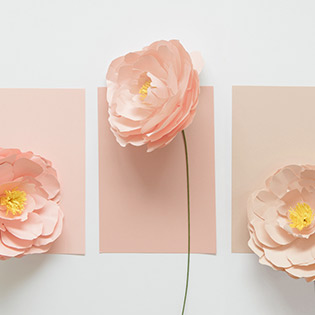
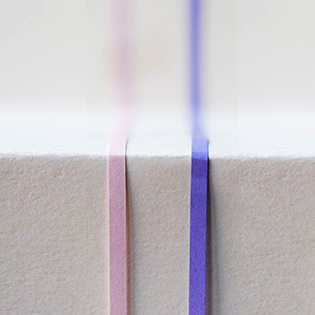
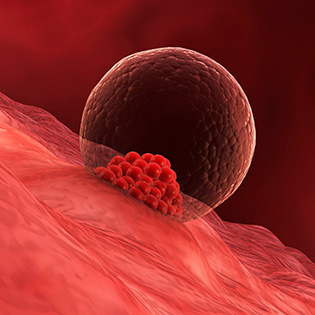
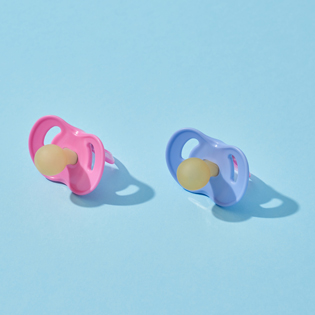

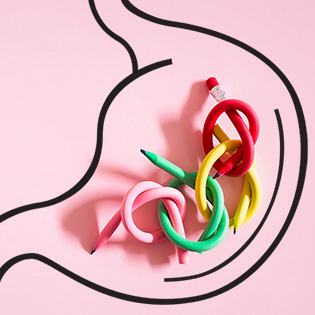



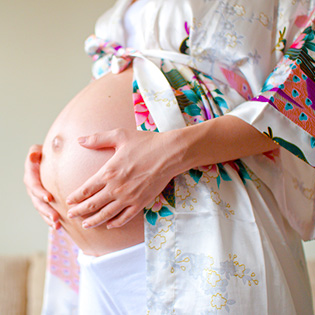

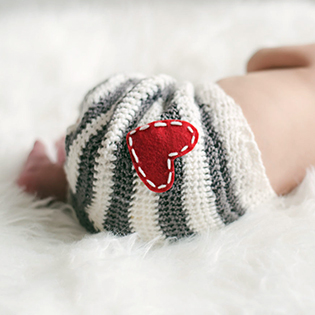




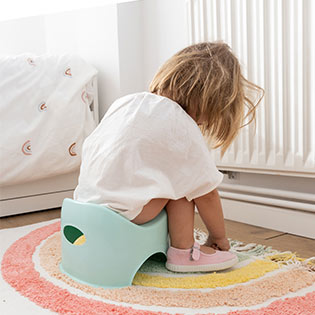


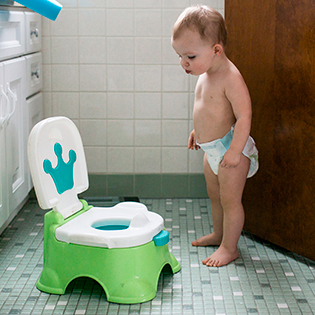




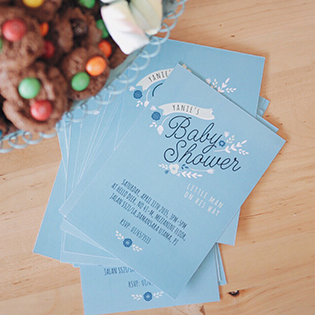

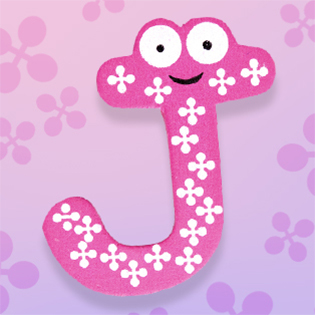
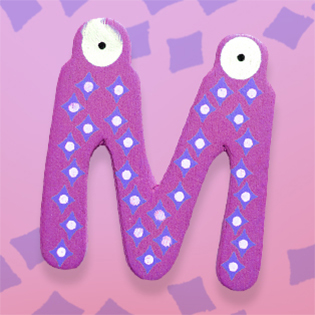
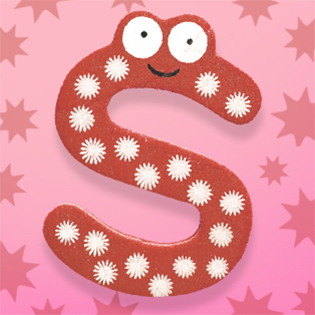
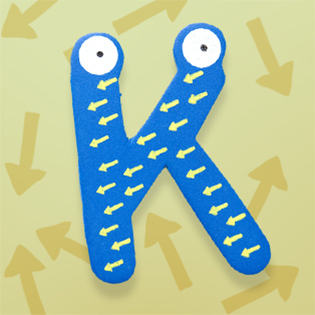
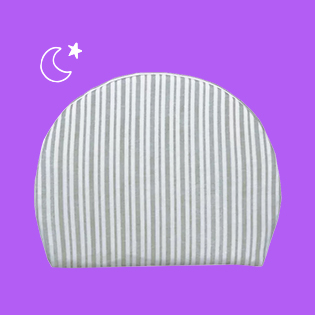
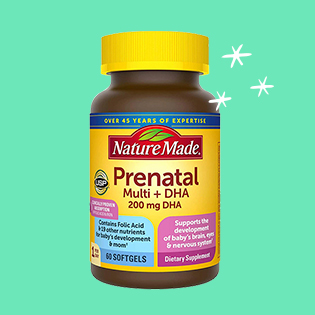
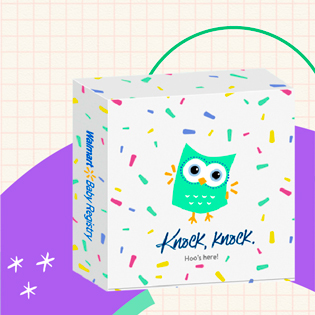

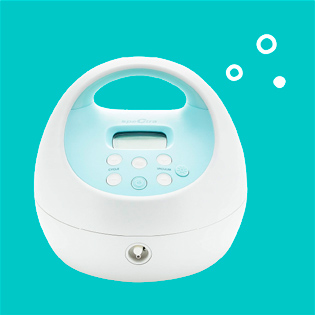

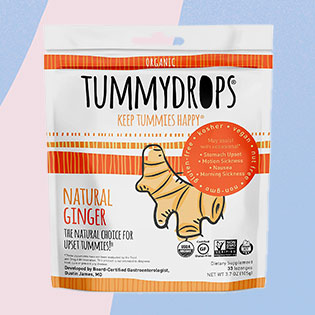

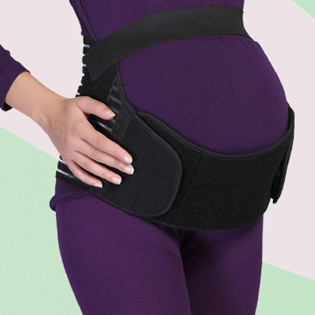






 Trending On What to Expect
Trending On What to Expect





